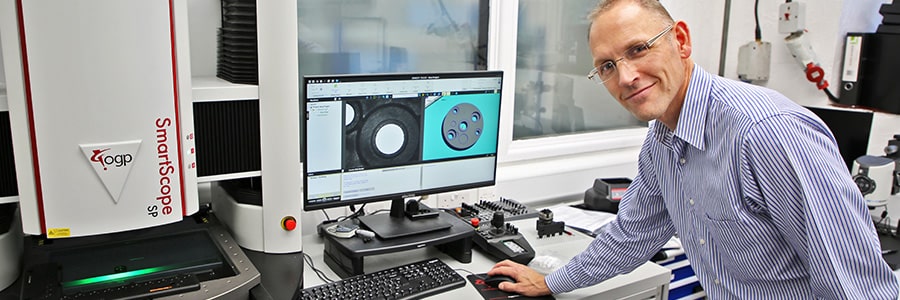Small gearbox motors play a crucial role in a wide range of applications, from industrial automation to consumer electronics. Understanding key factors such as speed, torque, and performance is essential for selecting the right motor for your specific needs. In this guide, we'll delve into the intricacies of these factors and how they influence the functionality and efficiency of small gearbox motors.

The Details
Understanding Speed
Speed refers to the rate at which a motor rotates and is typically measured in revolutions per minute (RPM). In the context of small gearbox motors, speed is a critical parameter that determines the motor's output and application suitability.
Higher speeds are desirable for applications requiring rapid movement, while lower speeds are preferred for precision tasks. It's essential to consider the speed requirements of your application and select a motor that can deliver the desired RPM range.
Exploring Torque
Torque is the rotational force produced by a motor and is crucial for overcoming resistance and driving mechanical loads. In small gearbox motors, torque is often provided as a specification indicating the maximum amount of force the motor can exert.
Higher torque enables the motor to handle heavier loads and maintain consistent performance under varying conditions. When selecting a motor, it's important to match the torque output to the specific requirements of your application to ensure optimal performance and longevity.
Performance Metrics
Several performance metrics are used to evaluate small gearbox motors and determine their suitability for a particular application. Efficiency, power output, and responsiveness are among the key metrics considered by engineers and designers. Efficiency measures the motor's ability to convert electrical energy into mechanical work, while power output quantifies the motor's ability to perform tasks effectively.
Responsiveness refers to the motor's ability to quickly adjust its speed and torque in response to changing conditions, ensuring smooth operation and precise control.

Factors Influencing Performance
Several external factors can influence the performance of small gearbox motors, including environmental conditions, load variations, and operational factors. Environmental factors such as temperature and humidity can affect motor efficiency and reliability, while variations in load can impact torque requirements and power consumption.
Operational factors such as duty cycle and duty cycle can also influence motor performance, highlighting the importance of selecting a motor that can withstand the demands of the application.
Small Gearbox Motors by Rotalink
Rotalink is a leading manufacturer and supplier of small gearbox motors tailored to meet the diverse needs of customers across various industries. Our extensive range of miniature motors is designed to deliver exceptional performance, reliability, and efficiency in demanding applications. From compact brushless motors to precision gearboxes, Rotalink offers a comprehensive selection of products that can be customised to suit specific application requirements.
Our team of experienced engineers works closely with customers to understand their unique challenges and develop customised solutions that address their needs effectively. Whether it's optimising speed, torque, or performance, Rotalink's small gearbox motors are engineered to deliver outstanding results in a wide range of applications.












